Sesame is one of the oldest oilseeds in the world. It appeared in Poland in Sarmatian times, i.e. much earlier than popular chocolate. Despite such a long presence on our tables, the beneficial effect of sesame seeds on our health is definitely underestimated. Let's check what properties this plant has and how it can be used.
Sesame seed was originally grown in Africa, from where it found its way to India, and then to other countries in the tropical zone. Depending on the variety, you can find seeds that are white, black or brown. The way of consuming sesame seeds looks interesting depending on the part of the world. Africa loves roasted sesame, in the East it is also a sweet delicacy, e.g. in halva called Turkish honey, as well as in the form of hummus or the popular sesame paste. On the other hand, in Korean cuisine, sesame leaves are eagerly eaten. They are added to traditional local dishes. In Japan, it is common to use salt with the addition of sesame seeds.
As a curiosity, it is worth noting that the famous saying "Open Sesame" has a direct reference to the properties of this plant. The sound of a seed breaking is similar to the sound of a door lock opening.
Sesame and its properties
Sesame seeds are quite caloric (100 g equals 572 kcal) and have a high content of unsaturated fatty acids and oleic acids. We can also find a lot of protein here, which is just as valuable as egg white. Sesame's calcium content can successfully compete with cow's milk and cheese. 100 g of sesame seeds contain as much as 1160 mg of calcium (for comparison, the same portion of cow's milk contains only 118 mg, and of yellow cheese - about 600 mg).
Sesame is also characterized by a high content of selenium, which affects the proper metabolism and the functioning of the immune system . Selenium is a trace element that our body can only obtain from food.
There are also other valuable minerals in sesame seeds, such as:
- iron,
- magnesium,
- vitamins B and E,
- phytosterols.
They are responsible for lowering the level of bad cholesterol that leads to heart disease and atherosclerosis. In turn, the high content of lecithin promotes concentration and regulates the work of the brain. Due to the high content of zinc, sesame is a very valuable product in the prevention of prostate diseases. So let's include unprocessed sesame seeds in your diet permanently. It is also worth trying tahini, a sesame paste available in our store , from which hummus is prepared.
Check out our BIO sesame products:
How To Eat Sesame?
If we want to reach for sesame products, the easiest way to start is to recommend sesame oil, which you can find with us . It can be used in salads and baking. It enriches the taste of Japanese, Chinese and Arabic cuisine very well. Sesame oil should be stored in a cool and dark place.
The same rule applies to sesame seeds. After opening the original packaging, seal it tightly and store it in a dry, cool place, away from light. Sesame seeds go well with sweet and savory dishes. They enrich the taste of meat, pasta, fish, fresh vegetables and salads. They can be used to make breadcrumbs or simply sprinkle on the finished dish. They make sweet desserts crunchy. It is good to roast sesame seeds in a hot pan, without fat, to bring out their delicate, nutty flavor. The beans are ready when they slightly jump in the pan.
What is worth trying?
Very tasty and easy to prepare, for example, omelette with sesame sprinkles, salmon in sesame coating with vegetables, fish in curry sauce with sesame. For sweet, you can recommend chocolate cream with sesame sprinkles, sesame pancakes, or crumble with apples and sesame seeds. I don't think you need to convince anyone about buns, bagels and pretzels with sesame sprinkles. In some bakeries you can also find sesame croisants.
Nutritionists agree that sesame seeds should be included in the menu . One teaspoon of seeds is a daily, tasty portion of health and energy.
Check also our other entries:
Tahini - sesame paste - how is it made and what to use it for?
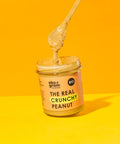


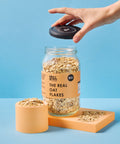
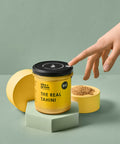


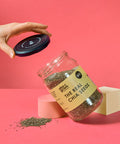
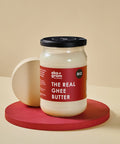
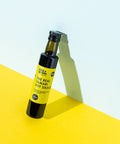


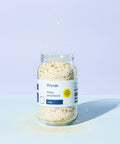

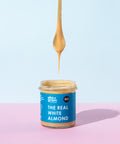














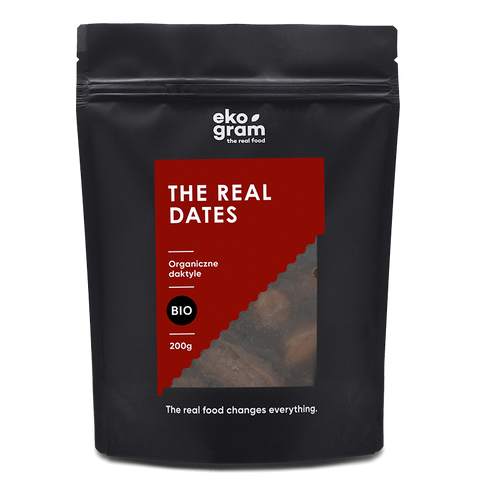

Comments (0)
There are no comments for this article. Be the first one to leave a message!